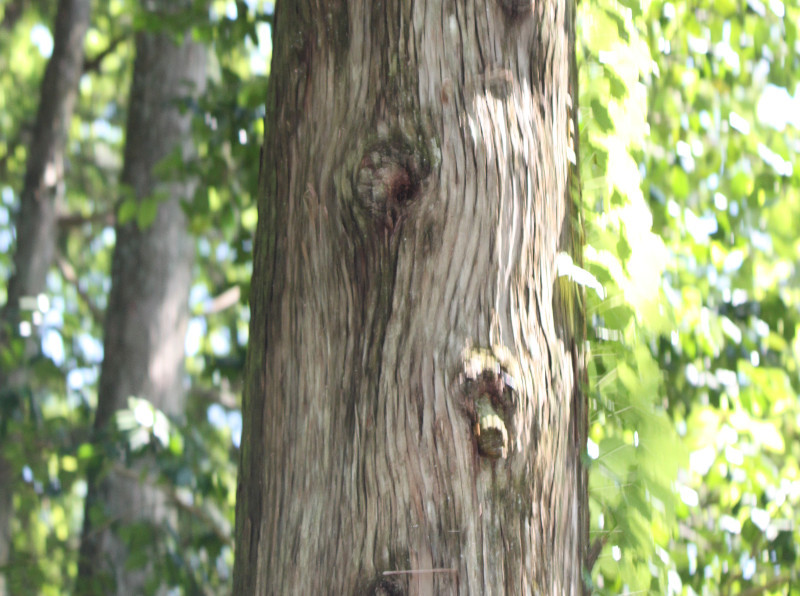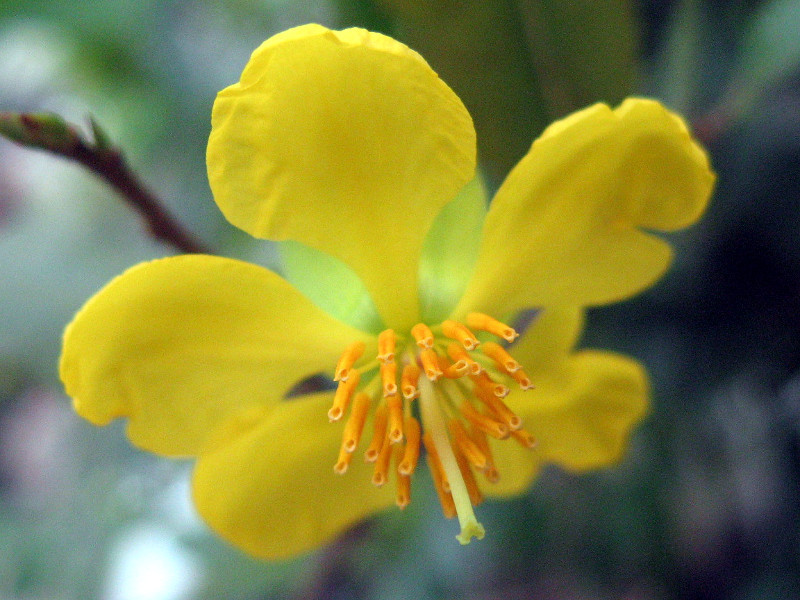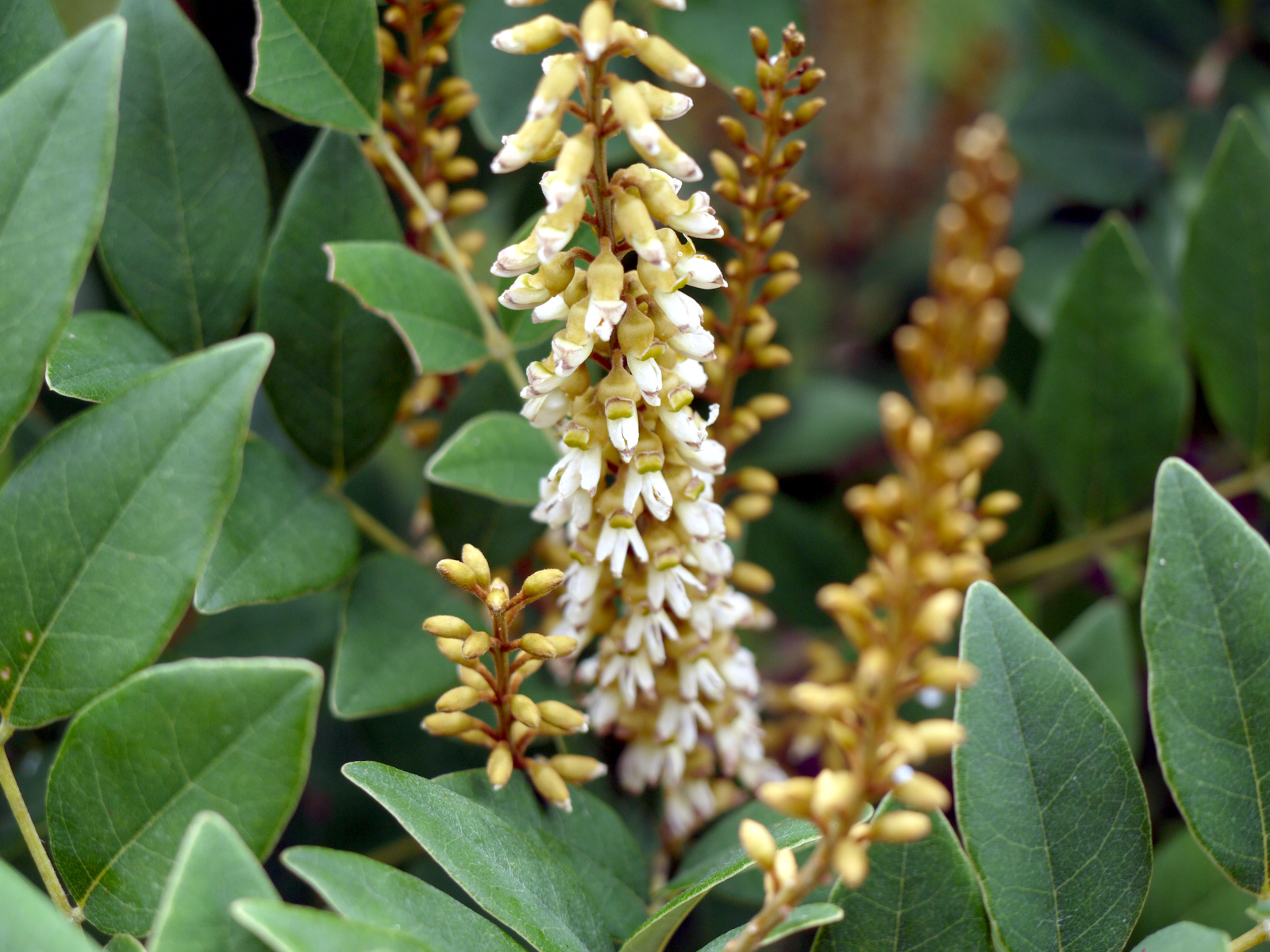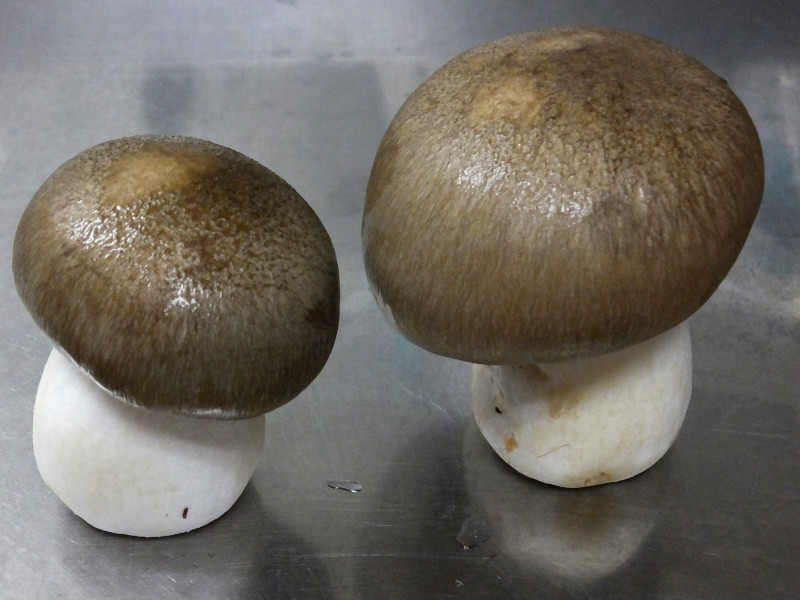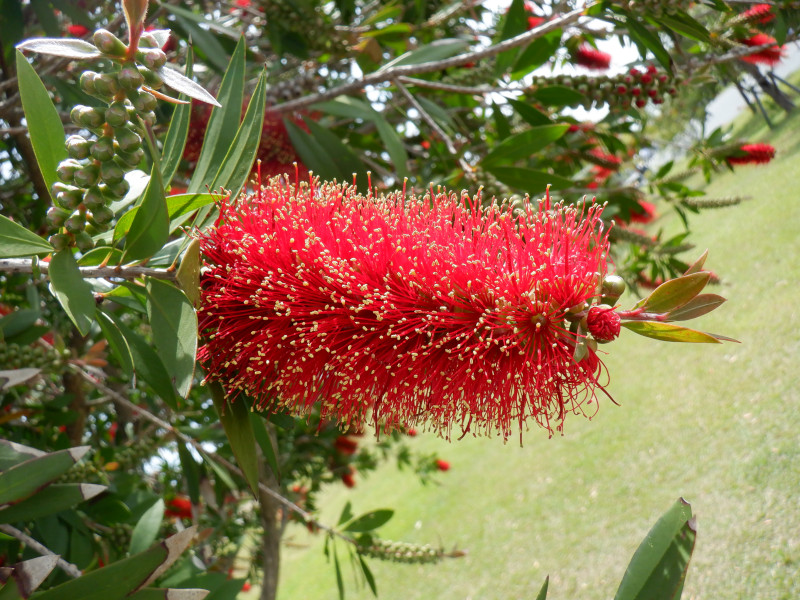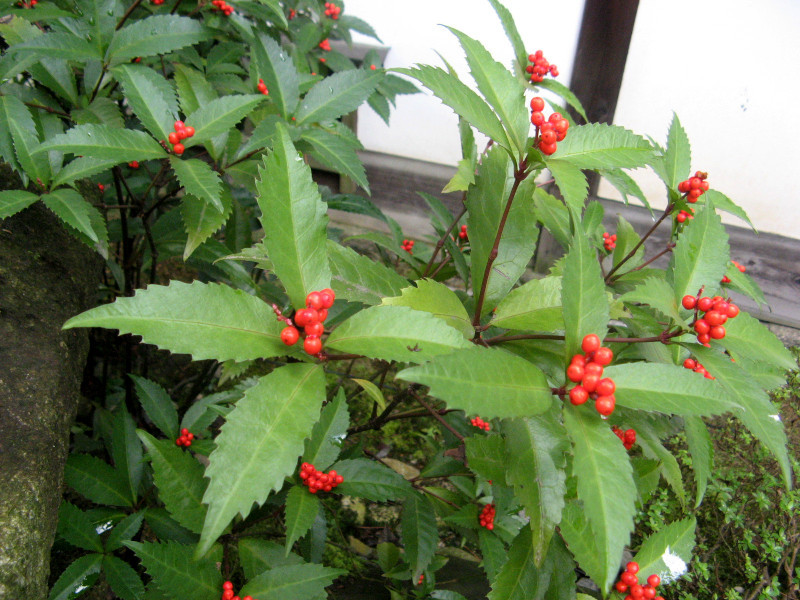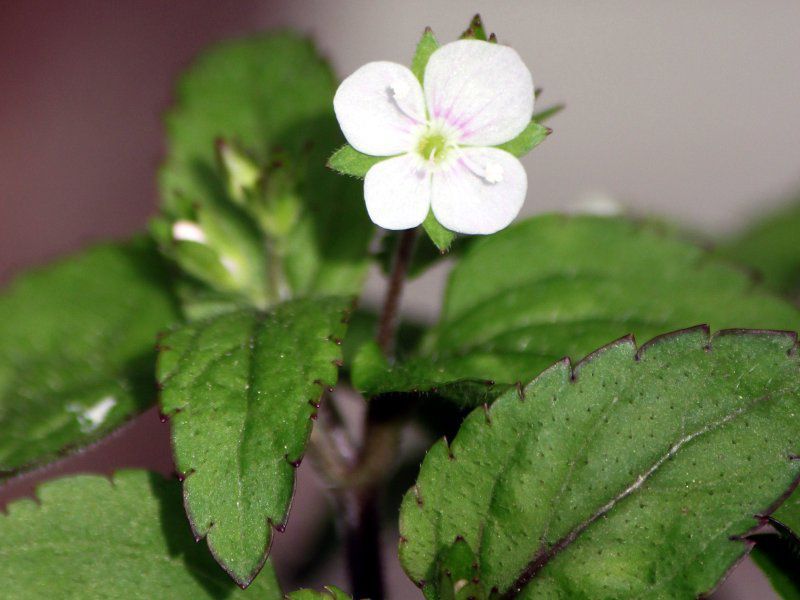Thuja standishii
- Flower nameThuja standishii
- Scientific nameThuja standishii
- Aliasネズコ, Thuja standishii, Japanese Thuja, 黒檜, クロベ
- Place of originJapan
- Place of floweringLow mountains
- Flowering seasonMarch, April, May
What is Thuja standishii
Thuja standishii, commonly called as Japanese thuja, or Kurobe (scientific name: Thuja standishii) is an evergreen coniferous tree native to Japan and belonging to the family Cupressaceae. It grows naturally in the mountains of Honshu and Shikoku and in the sub-alpine mountains. A hermaphroditic, hermaphroditic flower. Flowering in spring Male flowers are cylindrical and female flowers are spherical.
The leaves are similar to Chamaecyparis obtusa、Thujopsis dolabrata、Chamaecyparis pisifera. However, the stomata on the back of the leaves is less noticeable. The name comes from the fact that many of them are born in the Kurobe Valley and the color of the back of the leaves is black. Also, Asunaro is called Shirobe, whereas it is called Kurobe. Growth is slow.
Common name: Thuja standishii, scientific name: Thuja standishii, also known as Nezuko, Kurobe, Japanese Thuja, place of origin: Japan, Distribution: Honshu-Shikoku, Environment: Mountains and sub-alpine, Canopy: Conical, Tree height: 25-30 m, Bark: Reddish brown, Leaf shape: Scale, Inflorescence: Cross-shaped, flower color: purple black (male flower), Yellowish green (female), flowering place: branch tip (both male and female), flowering period: March to May, hermaphrodite, male flower (January to), fruit shape: egg shape, fruit diameter: 1 cm, Fruiting period: September-October, fruit color: tan, use: building materials, equipment.
